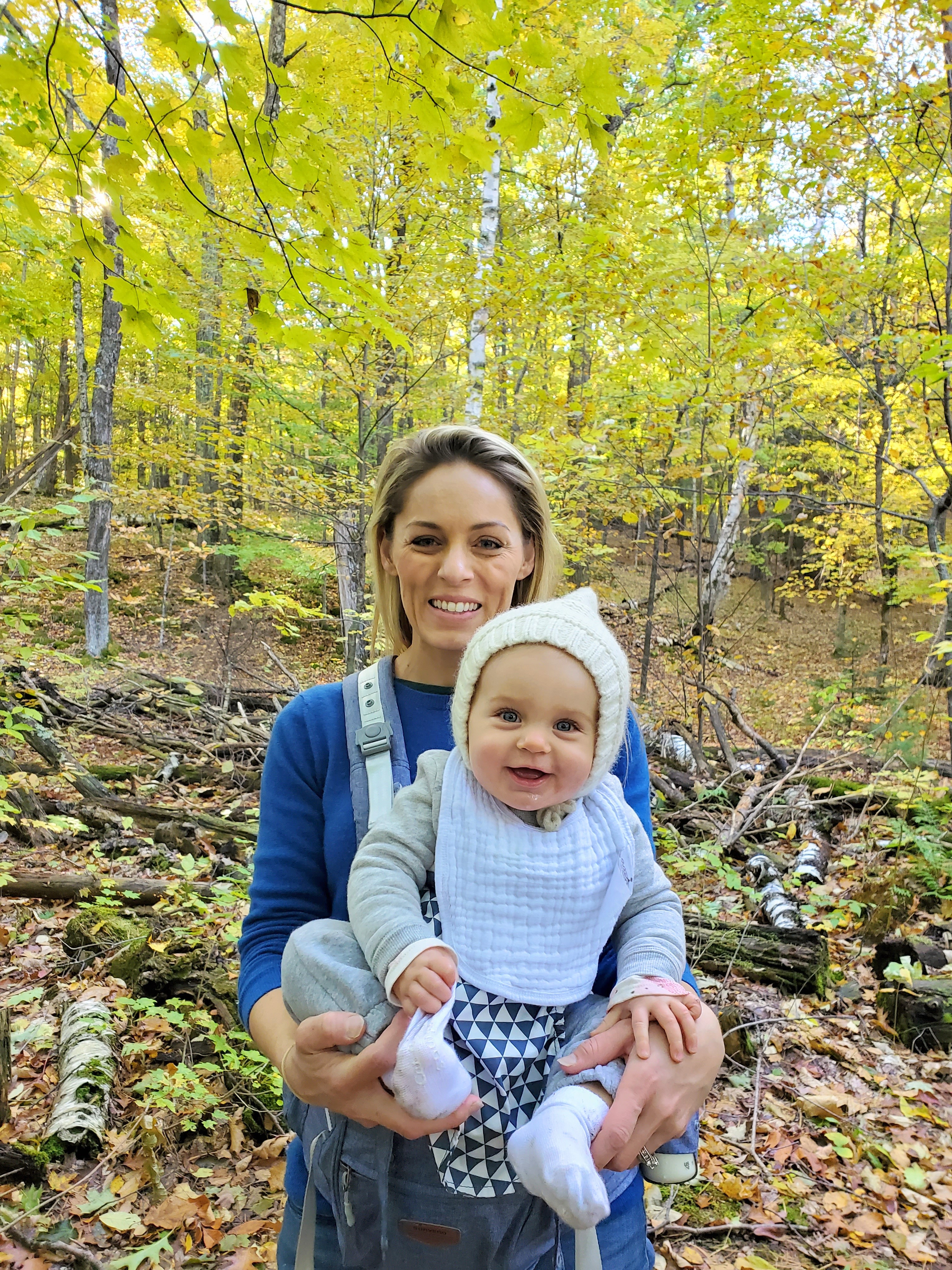Ok guys, you’ve probably seen buckthorn 100 times and didn’t even notice. You probably didn’t know it was a bad thing either…I didn’t. But it is, so I’m going to tell you why, and how to take care of it. You know, because we all needed another project, right? Just remember that it will be good for your trees and local environment!

What is it:
It’s a tall shrub or small tree (can grow up to 20-25’ tall), often with several stems arising from the base, and spreading crown. Gray to brown bark with prominent light-colored pores in the bark. The twigs often end in stout thorns, and when you cut the bark it exposes yellow sapwood and orange heartwood.
- Common names: Carolina buckthorn, European buckthorn
Common buckthorn (Rhamnus cathartica) was first brought to the Midwest from Europe in the mid-1800s as a very popular hedging material. Shortly after its introduction here, it was found to be quite invasive in natural areas. The nursery industry stopped selling it in the 1930s, but many buckthorn hedges may still be found in older neighborhoods.
Why is Buckthorn bad? According to the WI DNR & Minnesota’s DNR, it:
- Out-competes native plants for nutrients, light, and moisture
- Degrades wildlife habitat
- Threatens the future of forests, wetlands, prairies, and other natural habitats
- Contributes to erosion by shading out other plants that grow on the forest floor
- Serves as host to other pests, such as crown rust fungus and soybean aphid
- Forms an impenetrable layer of vegetation
- Lacks “natural controls” like insects or disease that would curb its growth
- Has a broad environmental tolerance. It leafs out very early and retains its leaves late into the growing season, giving them a longer growing season than native plants.
- Creates dense shade, eliminating regeneration of tree seedlings and understory species.
- Allelopathic; produces chemical compounds that inhibit the growth of other vegetation.
So if it’s in your yard, over time it will literally take over everything! It will keep light off the small plants so they can’t grow, and will choke out your big beautiful trees. It will kill your pretty native flowers that are trying to grow beneath it, and doesn’t make a very good home for the animals. Ugh! Just what you needed, right??
If you have it, here’s what you should do:
You guessed it- remove it! You can do one or a combination of the following:
- Pull it out. With your hands or use some hand tools (call diggers hotline)
- Cut it and suffocate the roots (buckthorn baggie)
- Cut it and immediately apply herbicide to the stumps (so 8-10 don’t shoot up in it’s place)
- Cut and remove and grind the stumps so you can turn it into a lawn area. Mowing it often prevents new seedlings from popping up.
- Hire a company to come take care of it for you.
Remember to follow up with all of these methods, since seeds on and in the ground can be viable for up to 5 years.
For the full “how to” with a list of herbicides, check here.
What to plant instead:
Ok, now that you’ve removed it, you may find yourself in need of something else to fill in. Here are a few good options…
- Grass. Were you wanting a bigger yard anyway? Well now’s your chance. Bonus- the mowing will keep any new buckthorn seedlings from gaining traction.

- Evergreens- large arborvitae make a great hedge, as do many spruce trees (some of my favorites are colorado blue, black hills)


- Canadian Hemlock- another evergreen, but this one deserves it own bullet point because a row of these can be pruned into a beautiful hedge

- Korean Spice Viburnum is a pretty medium sized shrub, as well as many other viburnums

- Bridal Wreath Spirea, one of my favorites in the spring, beautiful white flowers and smells amazing

- Serviceberry, typically multistem small trees that are great for screening, many varieties, can add great spring and fall color (ex. autumn brilliance, regent, or downy varieties)

- American hornbeam, small trees that can be grown close together to make a hedge.

- Rows of lilac bushes
For a list of additional hedge plants, check here.
Additional Resources & Sources:


http://dnr.wi.gov/topic/invasives/fact/commonbuckthorn.html
http://dnr.state.mn.us/invasives/terrestrialplants/woody/buckthorn/index.html











2 thoughts on “What exactly is buckthorn and why should I get rid of it??”
Comments are closed.